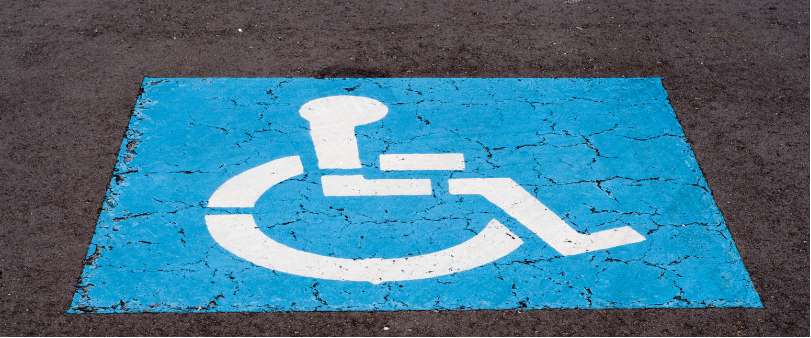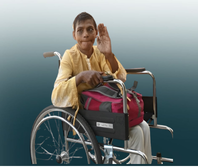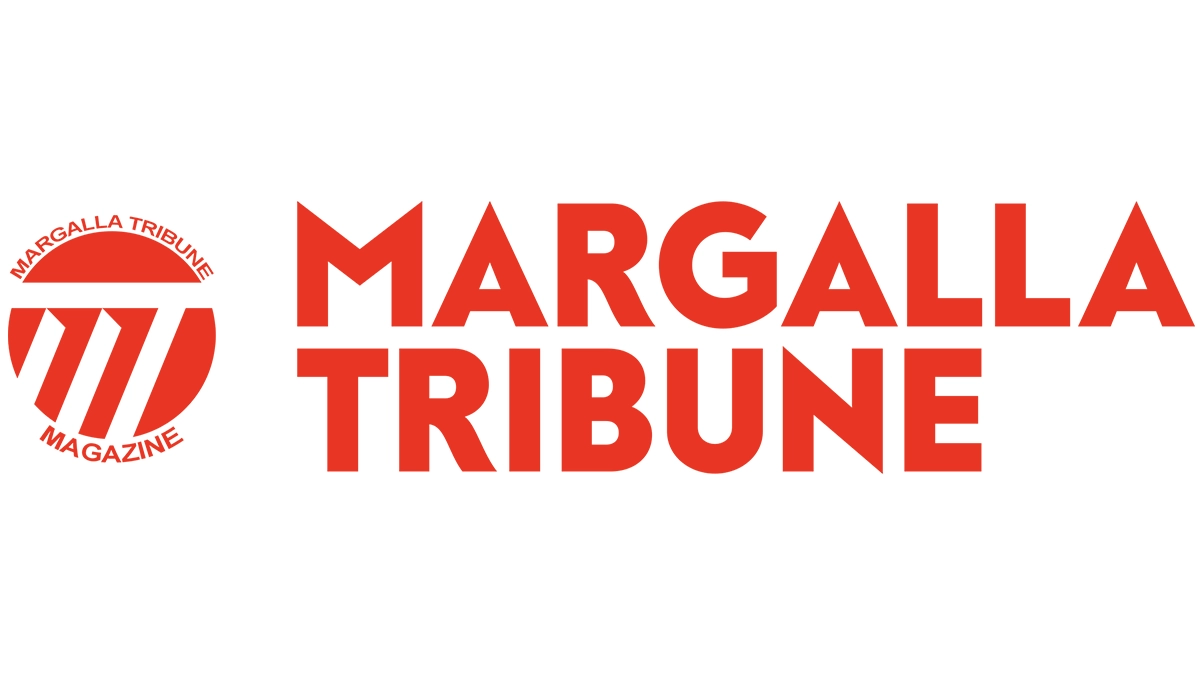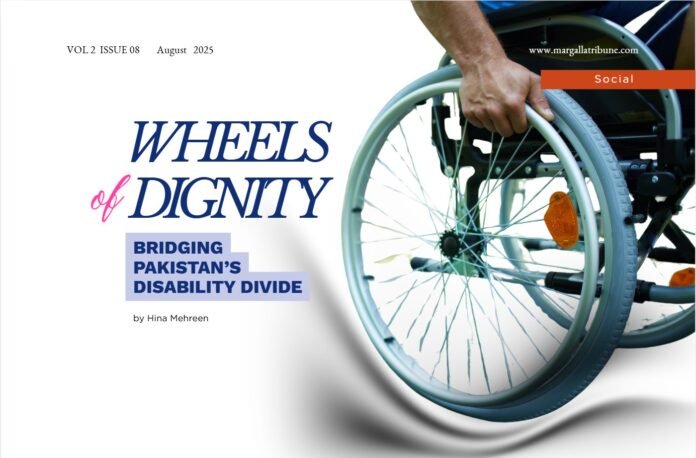Pakistan’s disability statistics are not just stark, they’re also worrying. According to the 2017 national census, persons with disabilities (PWDs) account for a mere 0.48% of the population, translating to around 3 million people. However, this figure is disputed as international agencies offer a more realistic picture. The UNDP estimates 6.2%, and WHO assessments suggest that up to 15% of Pakistanis live with some form of disability, equivalent to 27 million people.
Among these, mobility impairment remains one of the most significant challenges. A recent disability data initiative indicates that 12.5% of adults in Pakistan face difficulties with mobility, with many requiring a wheelchair. Yet, globally, only 5–15% of those in need have access to one, and the figure is even lower in Pakistan due to limited local production, high import costs, and poor distribution systems.
In a city’s busy mornings, it’s tempting to skip breakfast or grab something sugary on the go. But here’s why it’s worth slowing down:
Barriers to Access
Disabled individuals in Pakistan face a triad of exclusionary barriers, including structurally, the built environment lacks basic accessibility features like ramps and elevators, limiting their access to edu-cation, employment, and healthcare; econo-mically, the high cost of wheelchairs and limited public provision make mobility aids unaffordable for low-income families; and culturally, deep-rooted stigma often leads to isolation and invisibility, particularly for women and children, further marginalizing them from society.
The Urban–Rural Divide
While urban centers like Islamabad and Karachi have made some progress with accessibility, rural Pakistan remains largely neglected, where poverty, lack of awareness, and rough terrain confine disabled individuals to their homes without support or mobility aids. Imported wheelchairs, often designed for smooth urban surfaces, are ill-suited for the rocky, muddy, and uneven landscapes of interior Sindh, southern Punjab, and KP, making them ineffective in the very regions where they are most needed.

A Grassroots Solution: OGDCL’s CSR-Funded Wheelchair Distribution
In the face of state-level neglect, civil society and CSR-backed programs are stepping in. The wheelchair distribution initiative under OGDCL’s Corporate Social Responsibility (CSR) reflects a deep commitment to inclusive development and equitable healthcare access.
With a clear vision to empower marginalized communities, OGDCL has partnered with the Dawood Global Foundation to deliver thousands of high-quality, terrain-adapted wheelchairs across Pakistan’s most underserved districts. This program is not merely about mobility; it’s about restoring dignity, independence, and opportunity to those often forgotten in national healthcare planning.
From remote villages in Balochistan to hospitals in interior Sindh and southern KP, the initiative has reconnected children to classrooms, adults to livelihoods, and the elderly to community life. OGDCL envisions a Pakistan where no one is left behind due to disability and continues to invest in compassionate, impact-driven programs that foster social inclusion and national progress.
OGDCL’s CSR program has delivered a vital intervention, with over 3,000 wheelchairs distributed across Pakistan. This initiative demonstrates OGDCL’s ability to combine corporate efficiency with deep humanitarian impact. In partnership with Dawood Global Foundation, OGDCL has built a transparent and effective model of service delivery, targeting those with genuine, documented need. It is this integrity and empathy that sets the program apart. By taking disability rights seriously and aligning its CSR efforts with national development goals, OGDCL is contributing to more individual-level transformation.
The Scale of the Crisis
27 million people (UNDP)
Number of persons with mobility difficulties in Pakistan
12.5% of adults
Access to Wheelchair
Only 5–15% have access to one
PWD unemployment rate
71%
Disabled individuals in Pakistan face a triad of exclusionary barriers, including structurally, the built environment lacks basic accessibility features like ramps and elevators, limiting their access to education, employment, and healthcare; economically, the high cost of wheelchairs and limited public provision make mobility aids unaffordable for low-income families; and culturally, deep-rooted stigma often leads to isolation and invisibility, particularly for women and children, further marginalizing them from society.

This effort is based on rigorous selection criteria to ensure the right aid reaches the right individuals:
- Medical need, verified by doctors and therapists at public hospitals and rehabilitation centers.
- Disability certification, authenticated through government-issued documents.
- Socio-economic vulnerability, assessed through field surveys and NGO records.
- Geographic remoteness, with priority to hard-to-reach and underserved regions.
The initiative prioritized locally manufactured, premium-quality wheelchairs tailored for Pakistan’s conditions, featuring wide, puncture-resistant tires and reinforced frames designed for rural terrain.
Demographics of Beneficiaries:
- Age: 20% children, 50% working-age adults, 30% elderly
- Gender: 65% male, 35% female
- Disabilities: Polio, congenital deformities, spinal cord injuries, & age-related immobility
Lives Transformed
The true success of this program lies beyond the numbers. Children once trapped at home are now returning to school. Adults long been isolated are rejoining the workforce. Elderly citizens have regained social dignity. Families speak of relief and renewed hope.
“Every wheelchair delivered is not just mobility regained, it’s dignity restored, and hope rekindled.”
Empowering Lives, One Wheelchair at a Time
OGDCL’s nationwide wheelchair distribution program is more than a charitable act; it is a lifeline for thousands of Pakistanis with mobility challenges. By reaching deep into rural areas and underserved hospitals, this initiative has brought tangible change to communities that have long struggled in silence. The program’s focus on high-quality, terrain-appropriate wheelchairs ensures that recipients don’t just receive assistance, but gain a reliable tool for independence.

Vision for a More Inclusive Pakistan
Looking ahead, OGDCL’s wheelchair program lays the foundation for a more inclusive and equitable Pakistan, one where mobility is not a privilege, but a right. As the company continues to scale its impact, its vision remains clear: to be a force for positive change, championing dignity, inclusion, and access for all. In a country where millions still await the chance to participate fully in society, initiatives like this represent hope in motion. OGDCL is not just fueling Pakistan’s economy; it is helping to build a nation where no one is left behind.
Reach & Impact
- Sindh: 1,770 wheelchairs were distributed across both urban hospitals in Hyderabad and rural outreach locations such as Tando Adam, Kotdiji, Sujawal, and Matli.
- Khyber Pakhtunkhwa: 780 recipients benefited through key institutions like Lady Reading Hospital and various BHUs in Kohat, Karak, and Lakki Marwat.
- Punjab and Balochistan: 466 wheelchairs reached Rahim Yar Khan, Chakwal, DG Khan, Attock, Jhal Magsi, and Dera Bugti, among others.






